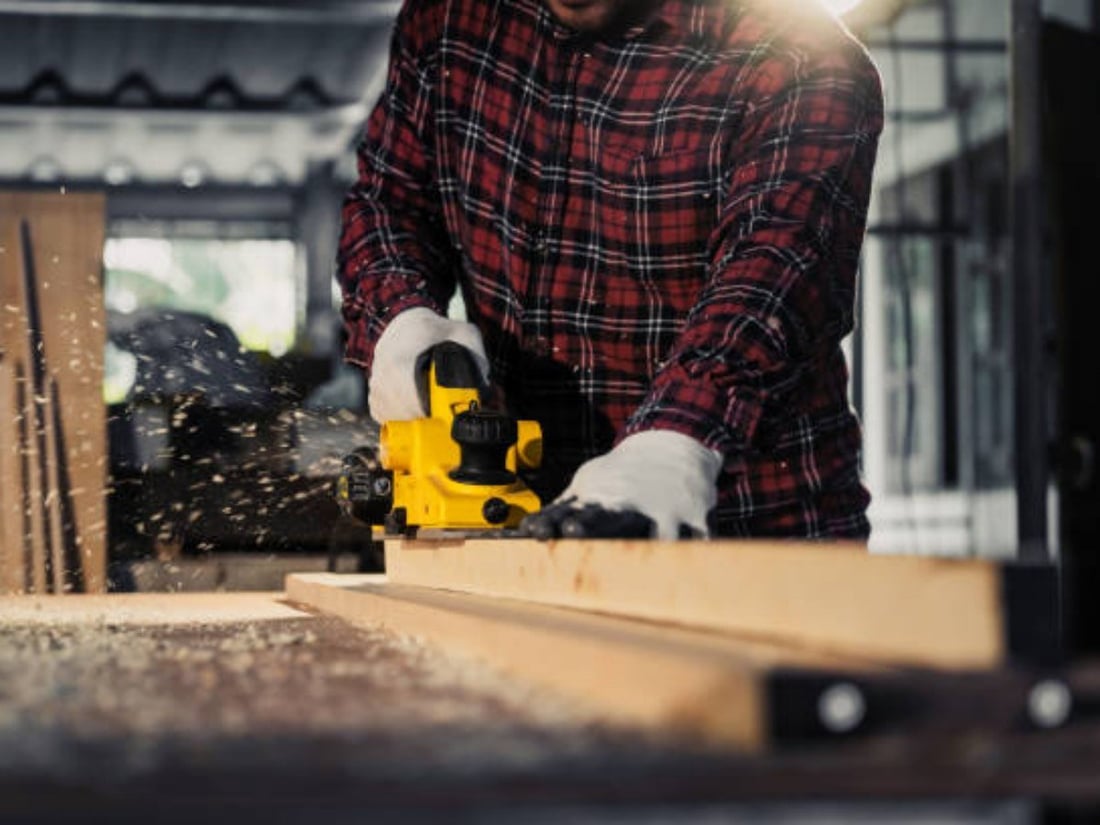jig saw wood blades: The Ultimate Guide
When it comes to woodworking, having the right tools is essential to achieve the best results. One such tool that plays a crucial role in any woodworker's arsenal is the jig saw. However, to maximize the performance and efficiency of your jig saw, you need the right blades. In this comprehensive guide, we will explore everything you need to know about jig saw wood blades.
1. Understanding Jig Saw Wood Blades
Jig saw wood blades are specifically designed to cut through wood using a reciprocating motion. These blades typically have teeth that are set to alternate sides, allowing for smooth and precise cuts. They come in various lengths, widths, and tooth configurations, making them versatile for different types of woodworking projects.
2. Types of Jig Saw Wood Blades
There are several types of jig saw wood blades available, each designed for specific purposes. Some common types include:
- High-Speed Steel (HSS) Blades: These blades are suitable for general-purpose cutting in wood and other non-metallic materials.
- Bi-Metal Blades: These blades have a high-speed steel edge and are more durable, making them ideal for cutting hardwoods and metals.
- Carbide-Tipped Blades: These blades have carbide teeth, providing excellent cutting performance and longevity. They are perfect for cutting hardwoods, laminates, and abrasive materials.
- Scrolling Blades: These blades have fine teeth that allow for intricate, curved cuts. They are commonly used for detailed woodworking projects.
3. Choosing the Right Blade for Your Project
Selecting the right jig saw wood blade is crucial to achieve clean and accurate cuts. Consider the following factors when choosing a blade:
- Material: Determine the type of wood you will be cutting and choose a blade specifically designed for that material.
- Tooth Configuration: Different tooth configurations are suited for specific cutting tasks. For example, blades with fewer teeth per inch are ideal for rough cuts, while blades with more teeth per inch provide smoother finishes.
- Blade Thickness: Thicker blades are more durable and less prone to bending, making them suitable for cutting denser woods.
4. Blade Installation and Maintenance
Proper blade installation and maintenance are essential for optimal performance and longevity. Follow these steps when installing a jig saw wood blade:
- Ensure the jig saw is unplugged and the blade clamp is open.
- Insert the blade into the blade clamp, making sure it is securely held in place.
- Tighten the blade clamp securely, but avoid overtightening.
- Check the blade for any signs of damage or dullness before each use.
- Keep the blade clean and lubricated to prevent overheating and premature wear.
5. Safety Precautions
Woodworking can be hazardous, so it is crucial to prioritize safety when using a jig saw and wood blades. Here are some safety precautions to follow:
- Wear appropriate safety gear, including safety glasses and gloves, to protect yourself from flying debris.
- Ensure the workpiece is securely clamped or held in place to prevent it from moving during cutting.
- Always keep your hands and fingers away from the blade during operation.
- Disconnect the jig saw from the power source before changing blades or performing any maintenance.
6. Tips for Achieving Clean Cuts
To achieve clean and precise cuts with your jig saw wood blades, consider the following tips:
- Start with a pilot hole to allow for easier blade insertion and more accurate cuts.
- Take your time and maintain a steady hand while guiding the jig saw along the cutting line.
- Use a slower cutting speed for more intricate cuts and a faster speed for rough cuts.
- Support the workpiece adequately to minimize vibrations and ensure smoother cuts.
- Practice on scrap wood before working on your actual project to familiarize yourself with the blade's performance.
7. Maintaining Blade Sharpness
Over time, jig saw wood blades can become dull, affecting their cutting performance. To maintain blade sharpness:
- Use the appropriate speed setting for the specific material you are cutting.
- Avoid forcing the blade through the wood, as it can cause unnecessary friction and dullness.
- Regularly clean the blade to remove any pitch or resin buildup that can hinder cutting efficiency.
- Consider sharpening or replacing the blade when it no longer cuts smoothly or starts to produce burning marks on the wood.
8. Proper Blade Disposal
When your jig saw wood blade reaches the end of its life cycle, it is important to dispose of it properly. Here's how:
- Wrap the used blade in heavy-duty tape or place it in a thick plastic bag to prevent injuries during disposal.
- Check if your local recycling center accepts used blades or dispose of them in a designated sharps container.
- Avoid throwing the blade in regular trash bins, as it can pose a risk to sanitation workers.
9. Popular Jig Saw Wood Blade Brands
There are several reputable brands that offer high-quality jig saw wood blades. Some popular brands include:
- Bosch
- DEWALT
- Festool
- Freud
- Lenox
- Makita
10. Conclusion
Jig saw wood blades are indispensable tools for any woodworker. By selecting the right blade for your project, properly installing and maintaining it, and following safety precautions, you can achieve clean and accurate cuts every time. Remember to choose the appropriate blade type, tooth configuration, and thickness based on the material you are cutting. With these tips and guidelines, you are now equipped to make the most out of your jig saw wood blades and take your woodworking projects to the next level.
If you are interested in our products or services, please feel free to contact us.


